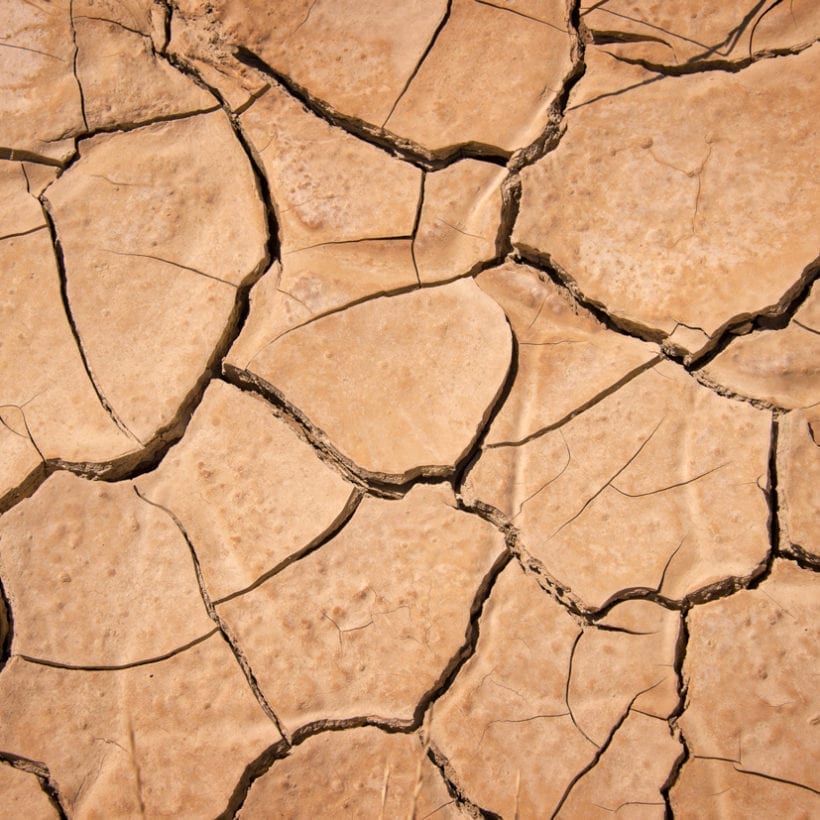Go back to basics. You have to stop everything you are using and opt for a super simple cleansing and moisturizing routine, says Deanne Robinson, M.D., a dermatologist in Connecticut.
If your skin needs extra TLC, you may also need to apply a topical over-the-counter or prescription-strength hydrocortisone cream, which acts as an anti-inflammatory. “When the inflammation has subsided in three or four days, it’s time to restart products one at a time,” says New York City dermatologist Neal Schultz, M.D. He recommends introducing them back in for three days at a time then reintroducing the next product when you know the first is not causing a problem.
And now is the time to skip sun exposure. “Obviously the sun can increase your irritation, but while this is going on, you shouldn’t be out in the sun,” says Schultz. “During the rest, the less you apply to your skin the better.” Do not see any relief after two days? “Visit your dermatologist for professional help,” notes New York City dermatologist Joshua Zeichner, M.D.
Sensitive Skin Skincare Must-Haves
A stellar moisturizer
Robinson swears by a ceramide-based cream to help coat the skin and restore its barrier. “Ceramides are the fatty acids of our skin that help with the barrier function, therefore applying a gentle oil-free, fragrance-free, color-free, ceramide-based moisturizer, is going to be a great emollient,” she notes. “It’s also going to help rebuild that barrier of the skin, which is what your skin needs.”

Try fragrance-free formulas
“I’m a huge advocate of no fragrance in skincare because it causes a lot of irritation,” says Robinson. However, pros point out that fragrance is different than other ingredients laced into your skincare because unlike overdoing it with zit cream, fragrance can cause a legit allergic reaction, which in turn causes sensitivity (i.e. redness, irritation, etc.). “Fragrance does not irritate, fragrance causes allergic reactions, which causes the skin to be sensitized to it,” explains Schultz. Also, you likely will not see any negative effects immediately. “True allergies take more than one exposure before a rash occur,” adds Zeichner. “You become sensitized with the first exposure, then develop the rash because of the allergic response with future exposures.”
Less is more
“The reality with all skincare is that less is more — that’s the most important message here,” says Schultz. Robinson also suggests paring down your entire routine. “I’ve seen a lot of women come in and say, ‘I don’t know where to go. My skin is so irritated’ and they’re using 60 products,” she says. This is when a skincare reset is especially crucial. “I’ll get them down to 10 steps or less if possible, but I think it’s hard for people to let go of their routine, even if it’s causing irritation. There’s this conception that if it burns or stings it must mean it’s working, which is absolutely not true.”
And remember, the goal of your skincare routine is to strike a balance in the skin. “If you don’t overdo it, you’re not putting your skin in a bad physiological state,” Schultz adds. “You only have to replenish if you’ve overdone it and you’ve started to get irritated.”









